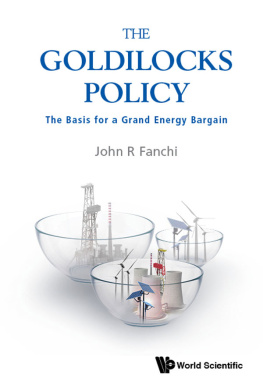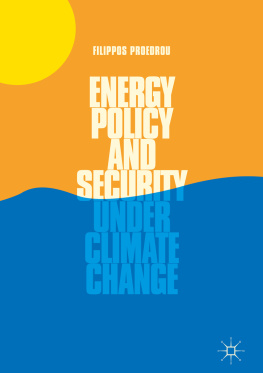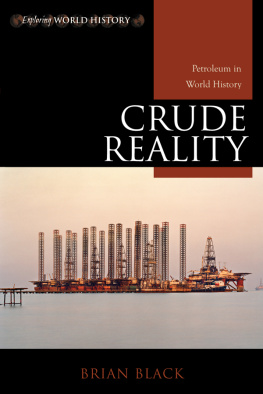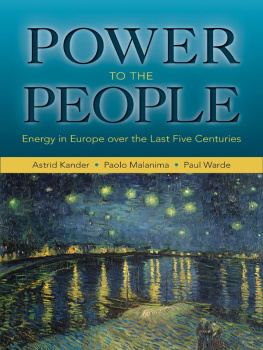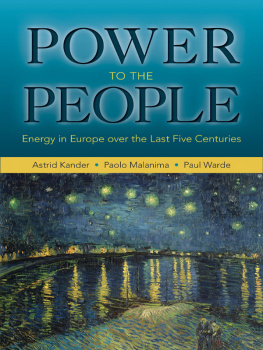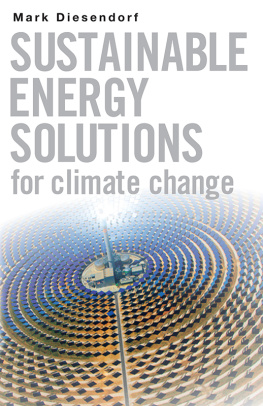EXPLORING WORLD HISTORY
SERIES EDITORS
John McNeill, Georgetown University
Kenneth Pomeranz, University of Chicago
Jerry Bentley, founding editor
Plagues in World History
by John Aberth
Crude Reality: Petroleum in World History, Second Edition
by Brian C. Black
To Have and Have Not: Energy in World History
by Brian C. Black
The World Cup as World History
by William D. Bowman
Getting High: Marijuana in World History, Updated Edition
by John Charles Chasteen
The Age of Trade: The Manila Galleons and the Dawn of the Global Economy
by Arturo Giraldez
The Struggle against Imperialism: Anticolonialism and the Cold War
by Edward H. Judge and John W. Langdon
Smuggling: Contraband and Corruption in World History
by Alan L. Karras
Europeans Abroad, 14501750
by David Ringrose
The First World War: A Concise Global History, Third Edition
by William Kelleher Storey
Insatiable Appetite: The United States and the Ecological Degradation of the Tropical World, Concise Revised Edition
by Richard P. Tucker
EBSCOhost - printed on 6/2/2022 1:04 AM via . All use subject to https://www.ebsco.com/terms-of-use
GROUND: AMSTERDAM, HOLLAND
The paddles swing grandly outward thirty feet and as the breeze gently pushes they swing clockwise, first slowly before using gravity and weight to push downward with growing force. Just as the paddle reaches its bottom rotation, the process repeats as the genius of a second, third, and fourth paddle repeat the effort to capture moving air. With only a slight breeze, the windmill can continue to spin while metal gears further the magic by transferring the motion to milling implements hidden behind walls behind the turbine. Together, the windmill efficiently transforms the winds energy to grinding stones that turn grain into flour. In Amsterdam, Holland, though, such a mill serves as part of a complex wind energy landscape that transformed the globe.
Although windmills were often found in the Dutch countryside, in Amsterdam by the 1500s they could also be found along the citys system of man-made canals. Boats move through the canals by using a variety of power sources; however, the canals were built as thoroughfares for traders who used wind power to travel all over the globe. Admirable plumbers, Amsterdammers (similar to other humans living in submerged landscapes) very early on learned how to dry out swampland in order to convert it for habitation and agriculture. In their case, they constructed systems of dikes and dams to keep out the sea while also slicing channels through the peat bogs. The water, the perils, the bravery, the absurdity of the geographic position, and the development of complex communal organizations to cope with the situation, writes historian Richard Shorto, explains Amsterdams never-ending struggle against nature.From this common technological start with a dam along the Amstel River sometime after 1200, though, the Dutch distinguished themselves from other cultures.
As early trading ships plied regional oceans, the idea of a port occurred almost organically along well-traveled routes. While much of medieval Europe organizedaround the manorial, top-down society (whether owned by a church or private citizen), the Dutch provinces lands were not locked up by a noble class.This independence gave the Dutch flexibility to grasp new opportunities that emerged. Combining this realization of larger trade systems with early engineering ideas, starting in the 1300s Amsterdam used the worlds most complex and enduring system of man-made canals to create a hub of privately owned warehouses (known as canal houses) that provided early traders both residence and storage. These planned circular canals served as thoroughfares that stratified economic standing for the traders while also providing needed access between open sea and storage.
Before the Age of Sail had even truly been defined, Amsterdam stood as its version of the modern-day
With intentionality, Amsterdammers applied scattered innovations of the biological old regime and organized a city around them. They were engineers when there was little technical knowledge to be applied. By accepting the need for humans to gather in central locations, fearlessly working with and understanding their local environment, and perceptively applying ingenuity as it emerged, residents of this early trading port poised the city to define the earliest period of humans shift toward industry.
Prehistory is a term based in our modern bias. It assumes that our history begins when humans live in a certain, prescribed fashion. Additionally, it assumes that anything that occurred prior to this point was less important or consequential. One of the strengths of using energy to organize humans chronology is that we can restore certain continuities to our storymuch like the perspective of human geography or environmental history. When viewed as a species existing in its natural environment, our early history reveals humans core functions and needs. Regardless of the biome in which humans resided, their survival depended on natural exchanges that captured or released energy for various purposes. There was no human existence without such definitionno story for us prior to that.
As a system of energy exchanges, the natural environment hosts each species and provides what is needed for it to satisfy basic needsto survive. Although our more modern history distinguishes us from other species, our distant past associates us with all else. The level of treatment in the pages of THHN is primarily predicated on how impactful human living patterns were on Earth. Although the overwhelming majority of our species history was spent as hunter-gatherers who worked within a pattern of simple energy exchanges, our impact on the environment was slight. The pages of THHN will primarily emphasize the impactful exchanges of the postindustrial human. In short, today, our story has become complicated; however, the point of origin is undeniable. Humans first strove for survival just like all other living things, and it was unthinkable that we or any other member of Earths system could disrupt the scale and scope of the planets innate patterns.
As its point of origin, Earths energy patterns begin with the Sun that radiates from the center of our planets universe. Earth is mere debris left over from the Suns formation, and more than one million of our planets would fit in it. The Sun exists as the center of the life on which depend humans and all the living things that we require. In short, its energy makes possible our very existence.
From this beginning, changes in human living can be traced through methods of acquiring and mastering energy. More than any other portion of the human experience, our interaction with energy fits snuggly in the paradigm with which Jared Diamond organizes all of our story when he writes: Much of human history has consisted of unequal conflicts between the haves and the have-nots. Having energy, of course, is only the beginning. Societies have also needed to choose what to do with it or how much of a cost it warranted. And living with new regimes of energy has fueled societies to develop in dramatically different ways from each other as well as from those without. In Amsterdam, for instance, we will learn of a society that seized energy convergences to help define a new era of human living. As the pages of THHN tell this story, however, our effort to organize our energy past requires that we begin with the Sun.
Today, as ever, writes historian Alfred Crosby of humans use of fossil fuels, we couldnt be more creatures of the sun if we went about with solar panels on our backs. In fact, though, compared to the past, the connection of todays energy patterns has become quite abstracted from the Sun from which all energy originates. Past humans first energy interactions were drawn much more directly from the Suns heat.
Next page

